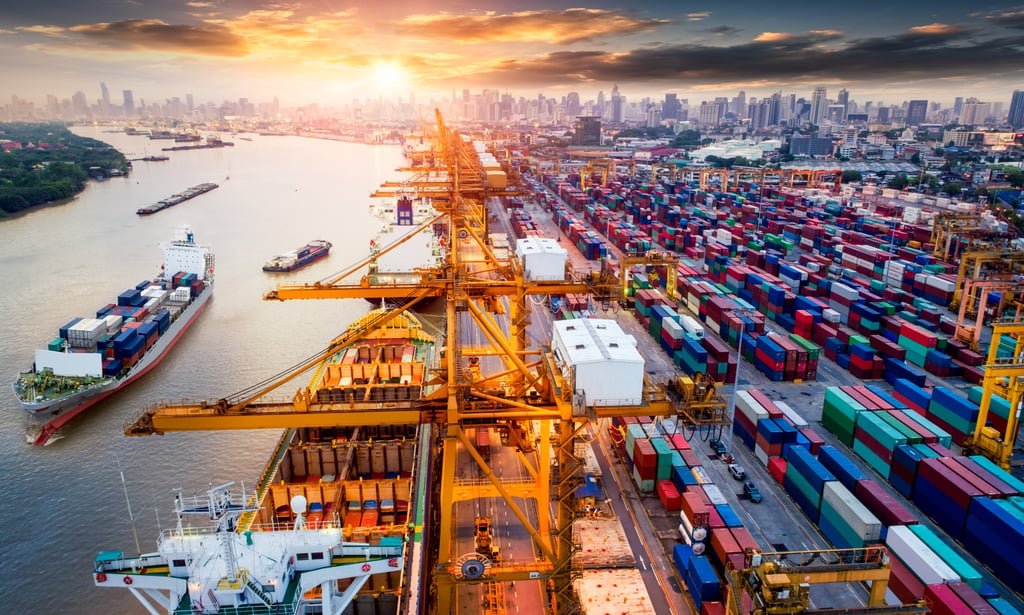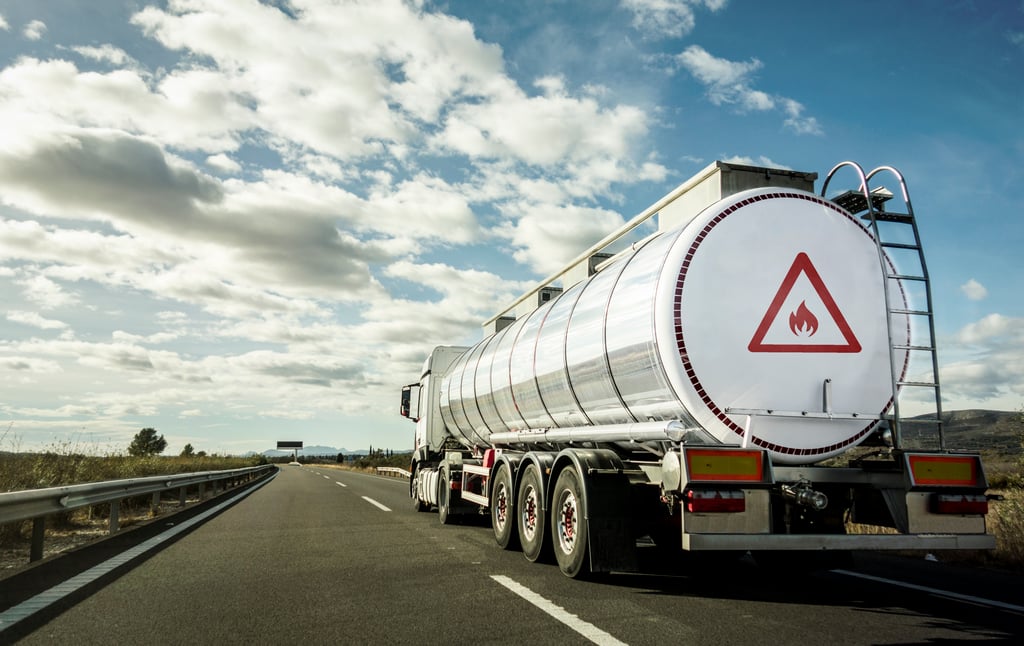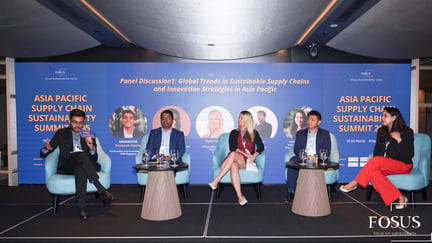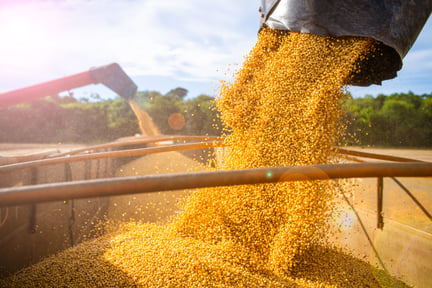The Asia Pacific region has emerged as a cornerstone in the transformation of global supply chains toward sustainability. With the region accounting for 70% of projected global growth over the next decade and anticipated leadership in consumer spending by 2030, its economic significance is undeniable. Markets such as Indonesia and the Philippines are poised to experience consumer market growth of up to 200%, reflecting the region's dynamic growth potential. Furthermore, the Regional Comprehensive Economic Partnership (RCEP), encompassing major economies such as China, Indonesia, Japan, and South Korea, solidifies Asia Pacific’s influence on global trade and economic development
This economic vitality is accompanied by a surge in sustainability-focused practices and regulations. Because of this shifting landscape, companies are increasingly recognizing that integrating environmental, social, and governance (ESG) criteria into suppler management is not only an ethical imperative but also a driver of competitiveness and resilience.
Addressing environmental and human rights risks
Supply chains operating within the Asia Pacific region face significant challenges from environmental risks and human rights issues.
- Environmental risks: Resource scarcity, climate change, and pollution threaten raw material availability and costs.
- Human rights risks: Prevalent concerns include forced labor, child labor, and unsafe working conditions, particularly in certain industries.
To address these risks effectively, businesses must implement comprehensive risk assessment frameworks. This entails:
- Mapping supply chains: Gaining visibility into the origin of materials and production conditions.
- Tracking risk: Conducting research and collaborating with stakeholders and experts to keep pace with rapidly emerging risk hotspots and shifting situations.
Adopting these strategies not only reduces risk exposure but also aligns supply chains with global sustainability expectations.
Navigating emerging international due diligence regulations
The global regulatory landscape is evolving rapidly, with significant implications for supply chain management. Regulations such as the Corporate Sustainability Due Diligence Directive (CSDDD), European Union Forced Labor Act (EUFLA), and Uyghur Forced Labor Prevention Act (UFLPA) are increasing the need for companies exporting into the US and EU to fully understand their supply chains and monitor their suppliers’ sustainability practices.These frameworks mandate that companies:
- Identify Risks: Evaluate supply chains for human rights and environmental compliance.
- Mitigate Impacts: Develop corrective actions to address identified risks.
- Report Progress: Maintain transparency through regular reporting mechanisms.
Failure to comply with these regulations can result in legal penalties, operational disruptions, and reputational harm. For companies operating in the Asia Pacific, staying ahead of these requirements involves enhancing supply chain transparency, improving data collection mechanisms, and fostering stronger collaboration with suppliers to meet regulatory demands.
Customers and investors are also increasing their demands for transparency and traceability in supply chains to manage their own risk exposure to potentially costly and operationally damaging sustainability practices of their business partners.
Rethinking procurement strategies for sustainable supply chains
To build sustainable supply chains, organizations must revisit and recalibrate their procurement strategies. Key adjustments include:
- Supplier Codes of conduct: Establishing and enforcing supplier codes of conduct to ensure compliance with sustainability expectations.
- Supply chain risk assessment: Assessing risk in supply chains to determine where to most strategically deploy resources for risk management and mitigation.
- Regular supplier engagement: Engaging with suppliers frequently to help them to adhere to environmental standards, ethical labor practices, and responsible sourcing. Conducting frequent supplier assessments though SAQs and onsite audits to monitor suppliers' adherence to sustainability criteria.
Diversifying supplier bases is also essential to mitigate risks associated with stricter environmental regulations and human rights concerns. Collaborating with local suppliers reduces carbon emissions tied to transportation and bolsters local economies. Furthermore, investing in supplier development programs can help strengthen their ability to meet sustainability goals, fostering a more resilient and responsible supply chain ecosystem.
As businesses navigate the complexities of building sustainable supply chains, LRQA stands out as a trusted partner. Leveraging a wealth of expertise, LRQA provides tailored advisory services that empower companies to integrate sustainability across their supply chains effectively.
Key areas of support from LRQA:
- Sustainability consulting: Offering in-depth guidance on embedding ESG principles into supply chain operations.
- Risk management: Developing and implementing frameworks to identify and mitigate environmental and human rights risks.
- Regulatory compliance: Assisting clients in aligning with international due diligence requirements and reporting standards.
- Technology integration: Supporting the adoption of digital tools like our EiQ platform to enhance supply chain transparency and efficiency.










